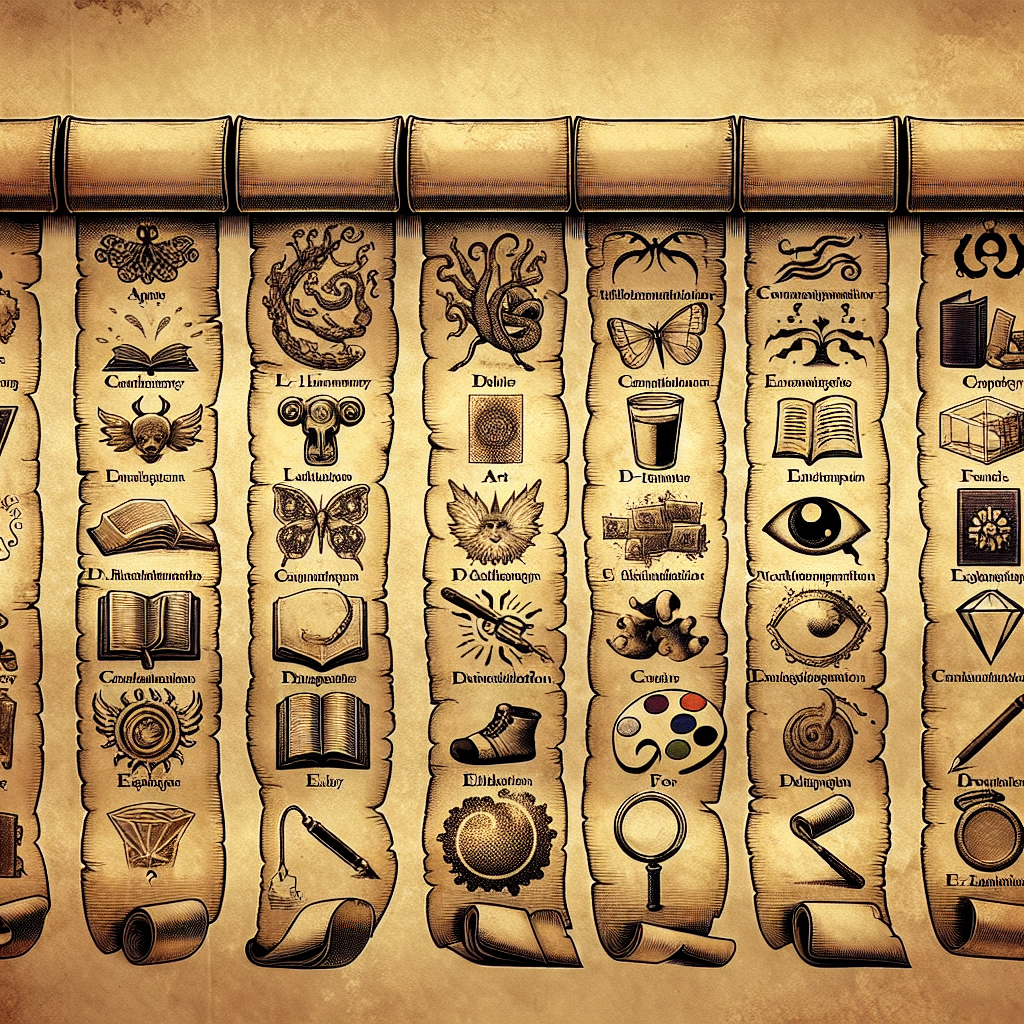Exploring the World of Fractals
A unique concept that often goes unnoticed in our everyday lives, yet touches almost every aspect, is the existence of fractals. Assume them as mathematical equations, nature’s art or life’s metaphor; fractals display an infinite complexity defined by a simple logic.
Fractals are unique patterns that retain their characteristic features, no matter how many times they are magnified or reduced. They exist in various forms throughout nature, seen in the structure of trees, clouds, rivers, and mountains. Yet, they are also fundamental aspects of modern technology and science.
Coined by Benoit Mandelbrot in 1975, the term ‘fractal’ is derived from the Latin word ‘frac,’ meaning broken. As Mandelbrot suggested, fractals essentially represent geometric shapes broken into parts, each resembling the whole. This characteristic, called self-similarity, establishes the foundation of fractal geometry, a riveting departure from standard Euclidean geometry.
Applications of Fractals
The potential applications of fractals are virtually limitless, reaching far beyond their conspicuous presence in nature and art. They are especially beneficial in computer graphics, creating realistic textures and landscapes for digital art or video games. For instance, the stunning graphics of movies like ‘Frozen’ and ‘Star Wars’ and games like ‘Minecraft’ owe their visual depth to fractal algorithms.
In the scientific frontier, fractal patterns offer an effective tool for explaining complex phenomena in different fields such as physics, biology, and even economics. They help in modeling weather patterns, analyzing heartbeats, understanding traffic flow, studying galaxy formations, and predicting stock market trends, among others.
Fractals also find their footprints in the digital communication networks that sustain our interconnected world. The inherently chaotic yet coherent structure of fractals helps manage and streamline data transmission across vast networks, improving both reliability and efficiency.
Understanding Fractals
While fractal patterns undoubtedly capture our attention with their visual aesthetics, their significance extends much deeper. They denote nature’s inherent self-organization and bear witness to the universal mathematical principles governing our world’s functioning. As such, the study of fractals propels us closer to understanding the underlying patterns that drive our world’s complexities, whether in nature, science, or technology.
Fascinatingly, the simplistic complexity of fractals also carries profound philosophical implications. They mirror life’s recursive nature, where each part reflects the whole, and the whole is no more than the sum of its parts. This intriguing perspective challenges us to look beyond apparent chaos and detect the deeper harmony within.
With their expansive reach into various fields and their multifaceted implications, fractals certainly stand as one of the most curious concepts of our time. They are a testament to human curiosity, our ever-questing intellect’s probing into the universe’s hidden patterns, forever unraveling unknown facets of existence.
Fractals: The Language of the Universe
In a world obsessed with deciphering codes, fractals serve as a reminder that the universe speaks in mathematics’s language. The language might be perplexing, infinite, and complicated, but it is consistent, relative, and from a certain perspective, disarmingly simple.
Fractals, thus, offer more than a mere mathematical novelty—they invite us upon an intriguing journey from understanding numeric patterns to appreciating cosmic harmony. They are a reflection of the innate interconnectivity of existence, asserting that the entirety of life is merely one big fractal—that we are all fragments of a singular pattern, endlessly repeating and evolving.
The Icing on the Cake!
In essence, fractals open up a captivating realm of exploration—an infinite universe within the finite—and promise an exhilarating adventure into the mysterious labyrinths of existence. It is through fractals that we perceive the inherent order in apparent disorder, witness the grandeur of seemingly insignificant details, and experience the universe’s sublime rhythm in eternal repetition.

Leave a Reply